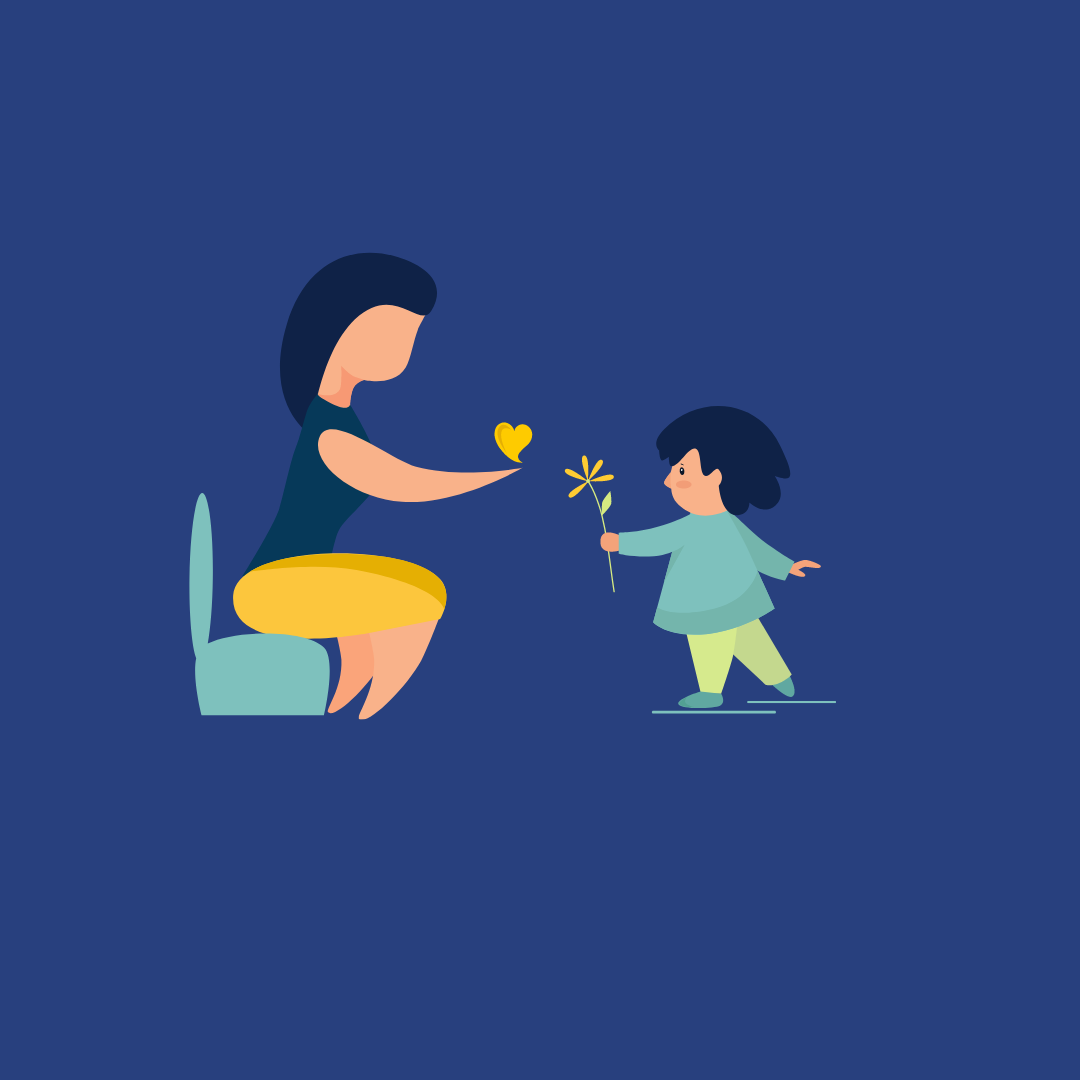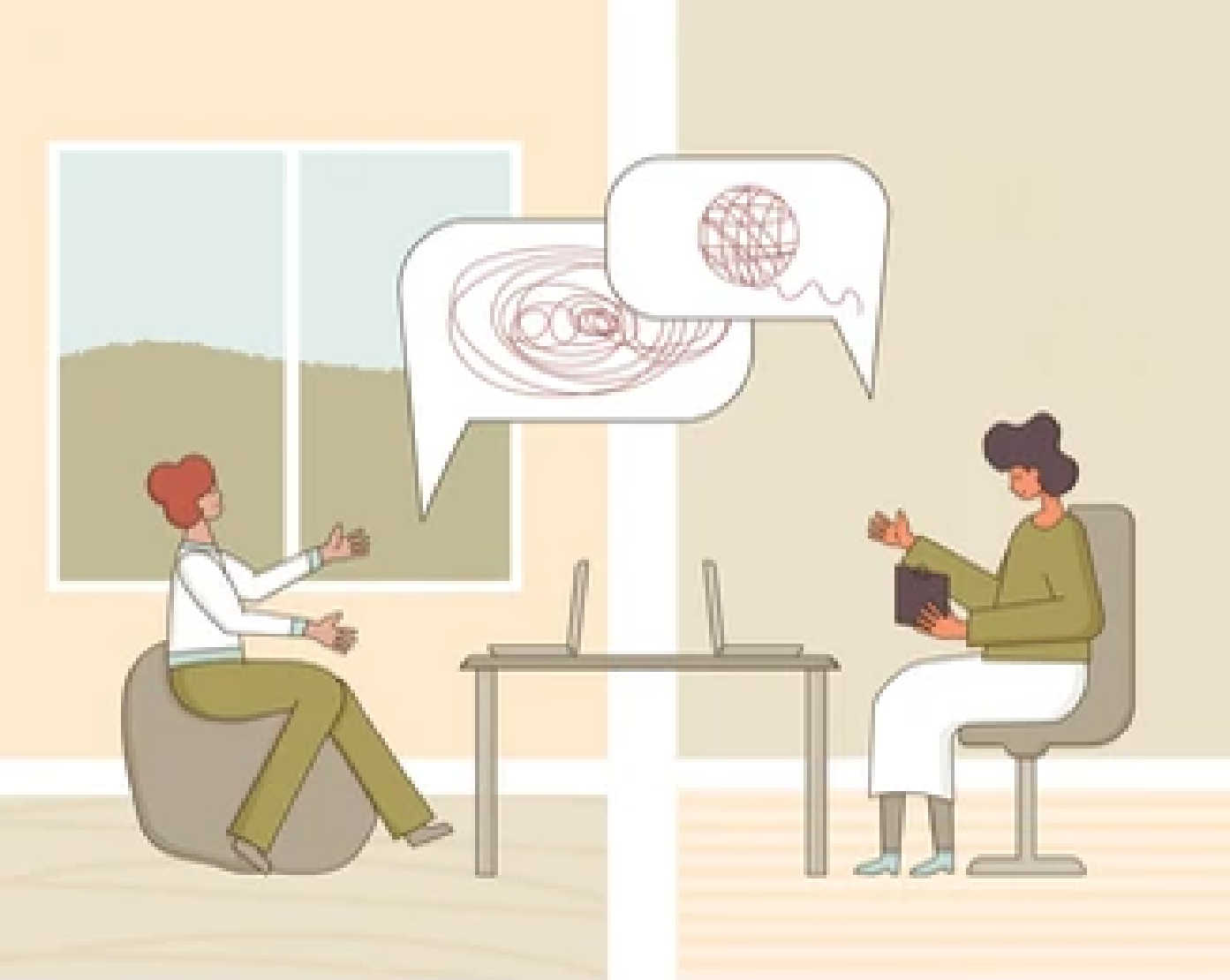
NUANCES OF COUNSELLING
✓ Any given situation starts with acceptance; acceptance of self, and acceptance of the
other one as they are without conditions and expectations.
✓ Being autonomous or self-sufficient. Experiential facts are the facts, rest are
statements. (‘Anubooth thathya hi Sathya hai, baaki sab kathya hai’)
✓ Emotional maturity or emotional intelligence, knowing your strengths and
weaknesses.
✓ Self-regulation, working on demerits.
✓ A healthy sense of humour helps in establishing a connection with the client.
✓ Spontaneity, acting according to the requirement.
✓ Solution-oriented, the targets which have been made after the clients’ assessments
have to be practical, empirical, observable, achievable, and not idealistic
✓ Maximization of human potential, building on the positives and ignoring the
negatives.
✓ It is important to retain our authentic personality and need not imitate or copy
others to change ourselves. However, it is important to work on our demerits to be
better individuals.
✓ Peace within and harmony with others. Focus on both inner and outer adjustment.
(‘Man ki mouj, jag ki laaj’) It is important to adjust internally and not get carried
away by external adjustment although it is equally important.
✓ Surrender to the ultimate authority. Fulfill your roles and responsibilities, and need
not focus on the outcome which doesn’t rest in our hands.
✓ Safeguard mental health from unhealthy vibes of the counselee by not carrying and
reacting.
✓ The professional relationship with the counselee has to be maintained, but the
transference that happens is natural and can be used as a vehicle for the
psychotherapeutic process. Depending on the situation, the exchange of thoughts
and positions can happen naturally when the rapport building is strong and
confidentiality is built. Examples can be cited as and when needed to get the desired
outcome but not at every step of the process. A judicious decision has to be made on
when to share and when not to share.
✓ ‘Personality is the dynamic organization within the individual of those psychophysical
systems that determine the unique adjustment to his environment,’ Gordon Allport.
In some respects, man resembles all other men, in some respects, man resembles
with few other men, in some respects, man resembles no other men.
✓ We have to be empathetic in general, which reflects in counselling and other
professions. The client is not entirely different from other people and situations in
life and not any mystery puzzle.
✓ Counsellors need not get carried away with image distortions created by the
counselee because it could be their perception.
✓ When the counselee is emotional, the counsellor has to initially balance the
emotions through relaxation techniques and bring rational emotive techniques to
get the secondary response. The client could resist the process and keep giving up in
between.
✓ There are differences in the western and eastern approaches to counselling. The first
difference is that the western approach is professional and the eastern is
relationship-oriented. The approach has to be suitable to the circumstances and the
person. For example, if the client asks the counsellor what he would have done if, in
the same situation, the counsellor need not imagine the situation and give an
answer to a hypothetical question, unlike defined in the textbooks.
✓ When we try to enhance ourselves, we realize that this is a unified whole and we are
here to play our role. It helps to develop all the essential ingredients of counseling
effortlessly. In the eastern approach, the focus is on enlightenment, attaining the
completeness which happens only when we understand the functions of the mind.
✓ Patience, perseverance, and persistence is the key to the counselling process.
✓ The client can be informed about the time factor in the session by limiting the
process to one particular aspect.
✓ The client’s personality can be understood by knowing his interests, likes, dislikes,
hobbies, wishes, strengths, and weaknesses.
✓ Expressing astonishment, and getting carried away with the emotions can be
avoided during the counselling sessions by the counsellor. Human touch, a pat on
the back also plays a vital role in boosting the confidence and positive regard but
depends on the client and the relationship between the counsellor and the
counselee.





